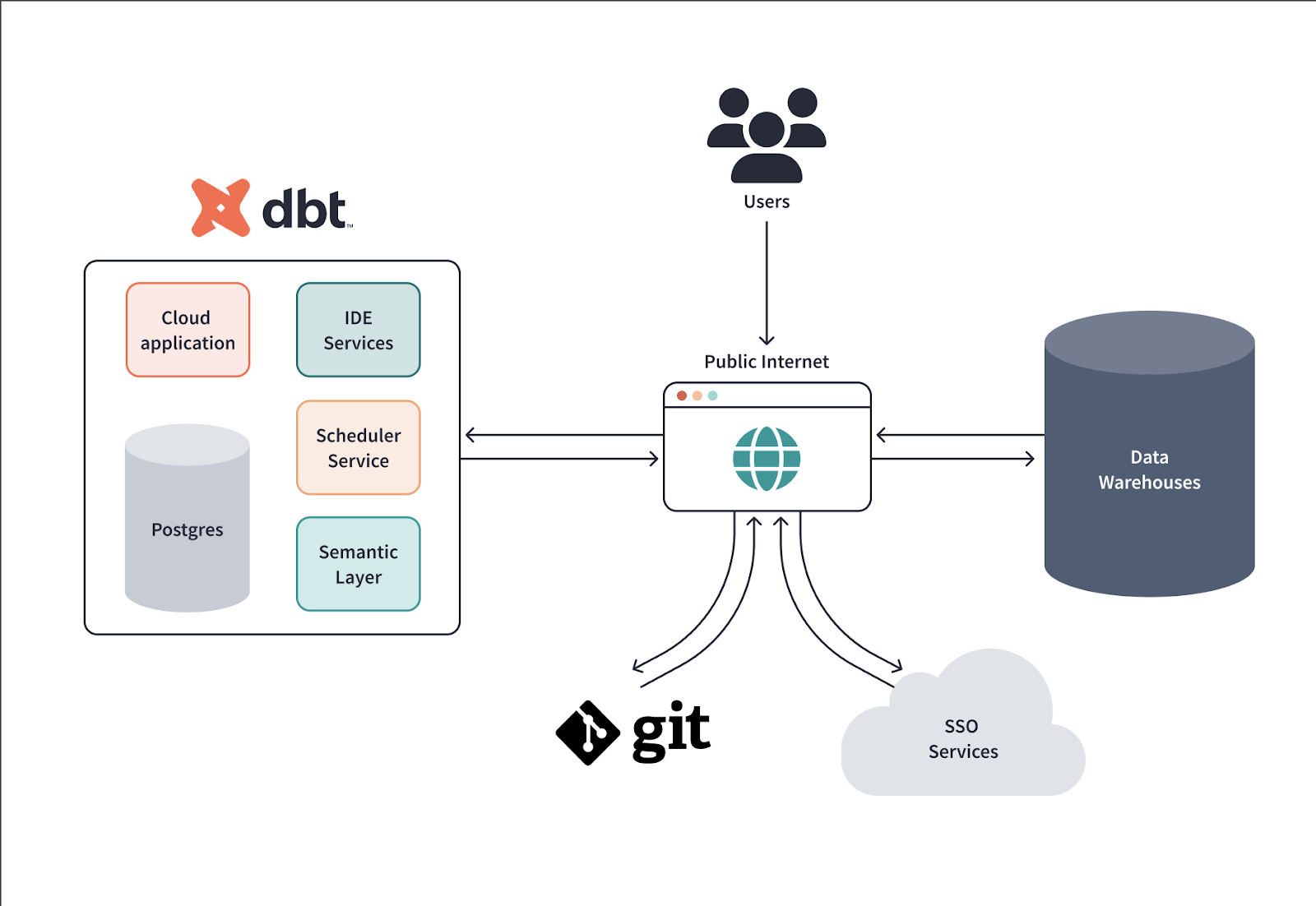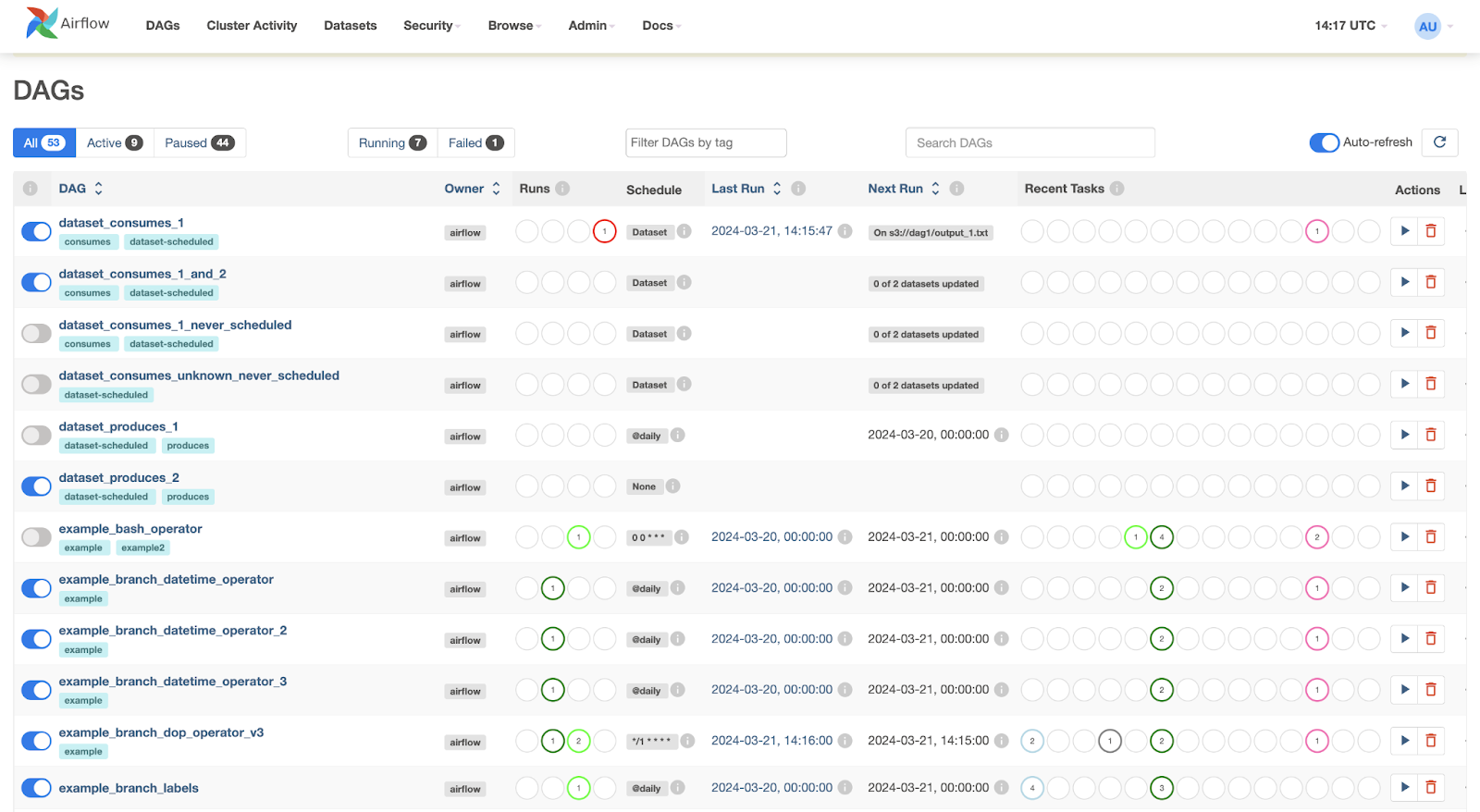The Business-IT Contrast
The modern functioning of most companies relies on responsible departmental ownership and administration of workflows and infrastructures.
Much like other departments, IT aims to ensure the functionality of the technological systems it owns through rigorous, and often misunderstood, protocols, frameworks, and rules.
In contrast, business teams make massive investments in both Information and Technology, hoping to enhance decision-making. Ironically, they often bypass the very robustness and rigor required to provide impartial, error-free insights.
This contrast doesn’t necessarily stem from mismanagement or lack of expertise; for the most part, it’s the product of urgency—a cultural heritage from the pre-digital era that prioritizes solving immediate problems over considering scalability.
This urgency is precisely why data profiles within business teams often start by responding to immediate business needs—cranking out reports, dashboards, or quick insights to address pressing questions.
It works for a while, but as the requirements grow, and trust me they often do, this approach inevitably starts to show its cracks.
At some point, the team hits a wall as requests start piling up, and seeking high-quality becomes a losing battle.
Enter Data Workflow Tools: dbt and Airflow
This is where transformation workflow tools like dbt (data build tool) come into play.

If you’ve ever spent hours trying to figure out how a particular data transformation happened, you’ll understand the value of dbt. It turns scattered, undocumented SQL scripts into something version-controlled, organized, and easily understandable by the entire team.
It’s like going from a messy kitchen to a fully organized, labeled pantry—everything has its place, and you know exactly where to find it. This organization is needed for clarity and reliability, as the data team grows.
In the same spirit, Airflow, a task scheduling tool, ensures that the complex web of data workflows runs smoothly and predictably, even as new sources, transformations, or business definitions are introduced.

It provides a way to monitor, retry, and even parallelize data tasks, ensuring that the team’s data workflows don’t grind to a halt the moment something unexpected happens.
Airflow’s capability to handle complexity efficiently makes it inevitable as the volume of data explodes.
Communication is Key
But no matter how much potential there is, data experts have to be great at breaking down all the technical stuff into simple, relatable terms for business folks, who really just want to understand how it’s going to make a real difference to the bottom line.
More often than not, business teams feel like these new data processes just get in the way and slow them down when all they want is quick results.
But the trick is showing them that these frameworks actually bring more speed and accuracy in the long run.
When data experts make the effort to demonstrate that they’re not here to add bureaucracy but to make sure data stays accurate and reliable, it becomes easier to shift from being seen as gatekeepers to being viewed as partners who enable better decision-making.
Merging Agility with Scalability
Saving business teams from the headache of having to double-check numbers or deal with outdated data, or dashboard errors is the actual win.
It’s these small victories—showing how tools and processes can make life easier and insights more reliable—that help bridge the gap between IT and the business.
The trick is merging the agility that comes with shadow analytics, with the rigor needed to scale.
It’s not about jumping on the latest tools like dbt or Airflow just because they’re popular. It’s about understanding how these tools fit into a larger plan that makes sure data workflows are dependable, can grow with the company, and actually serve the real needs of the business.
When data experts manage to strike this balance, they stop being just a support function responding to endless requests. Instead, they start leading the data conversation, helping the company move forward in a way where speed and accuracy don’t compete—they complement each other perfectly.
